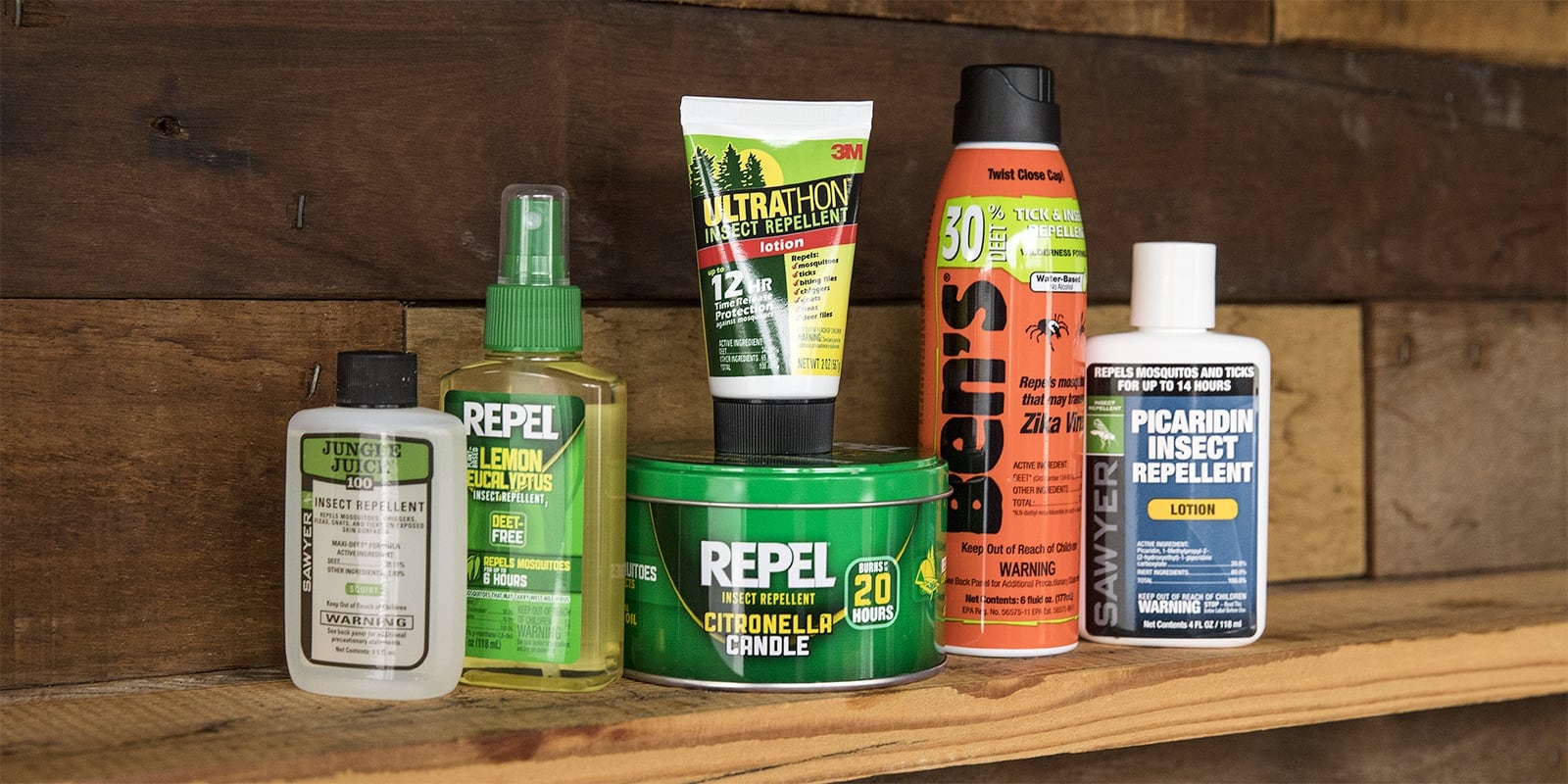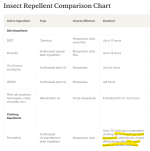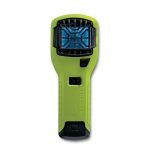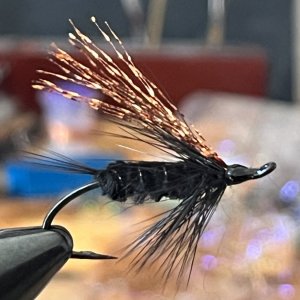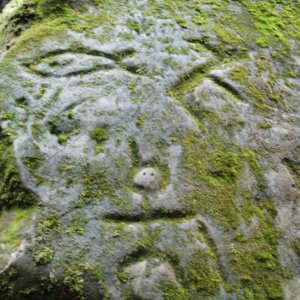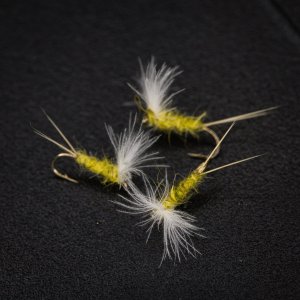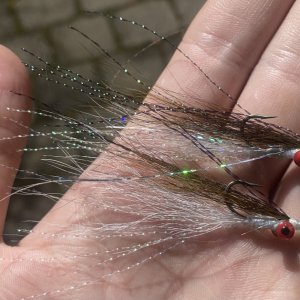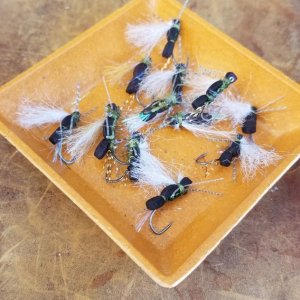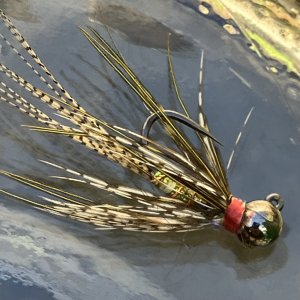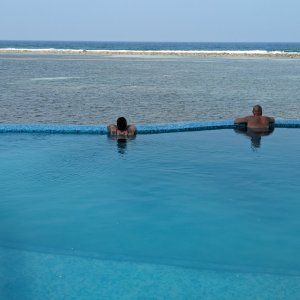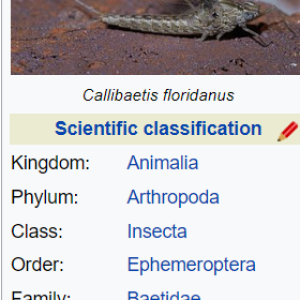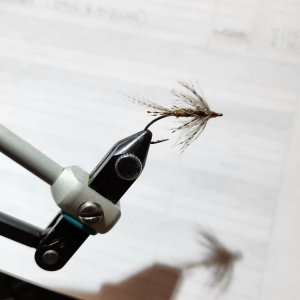Scientists are always looking for better ways to foil bugs that leave itchy welts in their wake. Despite the many tools being studied, from tick-killing fungus to genetically modified mosquitoes, bug repellent is still “the first line of defense,” says Mustapha Debboun, a medical and veterinary entomologist. “It’s a personal protection measure that any individual can take into their own hands.”
It’s an important one, too. In the United States, mosquito-borne West Nile virus is thought to have infected nearly 7 million people since it first appeared in New York in 1999, and every year close to a half-million people get Lyme disease after a tick bite.
Not all repellents provide equal protection, however, which is why Consumer Reports tests how well each one blocks real bugs from biting real people. And it turns out that what matters most is not the brand or type of repellent (spray, lotion or wipe) but the active ingredient and its concentration.
Advertisement
But what are these ingredients? And why do some products work better than others with the same active ingredients? Here are answers to those questions and more.
How to get rid of mosquitoes without killing friendly pollinators
Though scientists found out long ago that DEET works, they still don’t know why. DEET may mask the odor of humans, confuse the odor-sensing abilities of mosquitoes or simply compel them to move away, perhaps because it resembles a natural substance they’ve evolved to avoid. But it may be more than just odor at work.
Advertisement
And it’s also possible that DEET is so effective against mosquitoes because it’s working on more than one and maybe several levels at the same time, says Chris Potter, an associate professor of neuroscience at the Johns Hopkins University School of Medicine who specializes in insects’ sense of smell.
Why DEET also repels ticks is even less understood, though the mechanisms are probably different than with mosquitoes. One thing we do know: Ticks, which generally hitch a ride as you pass them in brush or tall grasses, are less likely to attach themselves to your skin if they sense DEET, and they’ll avoid spots on your skin where DEET is. That’s one reason it’s important to apply repellent carefully to all exposed skin when you want to avoid ticks, says Bryan Cassone, an associate professor of biology at Brandon University in Manitoba.
The Big Number: 12 out of 200 types of mosquitoes spread diseases in the U.S.
A 1998 Environmental Protection Agency analysis investigating health effects of DEET, for example, found that since 1960, the estimated incidence of seizures with a possible connection to DEET exposure was 1 per 100 million users. A 2007 EPA chemical summary report on DEET reported that many of these instances of adverse neurological effects were linked with ingestion or “repeated dermal exposure or accidental ingestion of DEET that were not consistent with label directions.”
Advertisement
In other words, DEET may pose some risk if it’s ingested or used improperly. Keep repellents well out of kids’ reach.
And high concentrations aren’t necessary. CR tests DEET repellents in concentrations up to only 30 percent. More than that just isn’t needed to get long-lasting protection.
When you use DEET-powered repellent as directed, it poses little risk. The Centers for Disease Control and Prevention recommends it as a safe option for adults, children older than 2 months and even people who are pregnant.
Still, no chemical is without risks, and DEET needs to be used properly to be safe. According to the National Pesticide Information Center (NPIC), you should avoid applying DEET underneath your clothes (use it only on exposed skin and on the outside of clothing), wash it off your skin at the end of the day and try not to reapply it too frequently. Neglecting those tips could lead to you getting a higher dose of DEET than intended. Plus, DEET can degrade certain synthetic materials like plastic, so it shouldn’t be applied to some types of clothing.
Advertisement
You may also be worried about the long-term risks of exposure to DEET. According to a 2008 fact sheet by the NPIC, “researchers have not found any evidence that DEET causes cancer in animals or humans,” and there’s no clear evidence of other long-term risks of topical use despite the availability of DEET for decades.
How to get rid of mosquitoes, and other tips for dealing with these pesky insects
The name “oil of lemon eucalyptus” is something of a misnomer. The Australian plant it comes from, Corymbia citriodora (or lemon-scented gum), used to be considered part of the Eucalyptus genus but isn’t anymore. And unlike lemon eucalyptus oil, OLE isn’t a true essential oil because it’s refined and concentrated. In short, it’s not what it sounds like, though it’s indeed a naturally derived ingredient that’s often effective.
Advertisement
Picaridin, also called icaridin, is a chemical that was developed by Bayer AG in the 1980s and 1990s. Its structure is similar to piperidine, a chemical that occurs naturally in certain pepper plants. It has been available to U.S. consumers since 2005 and is especially popular as an insect repellent in Europe and Australia.
OLE is classified as a biopesticide by the EPA, which means it’s a naturally occurring substance considered to be a lower risk than more conventional pest-control chemicals. The main risk appears to be that it can be harmful if it gets in your eyes. It also shouldn’t be used on children younger than age 3; its safety has not been well studied in young children.
Advertisement
Picaridin carries a small risk of skin irritation, but this appears to be rare. Any possible long-term effects of these two ingredients have largely been unstudied.
Nontoxic methods to protect yourself against mosquitoes and ticks
And manufacturers are reluctant to provide their formulas to researchers for testing — they consider them to be trade secrets — so independent scientific studies of insect repellents can’t test how a repellent’s nonactive ingredients may be contributing to its efficacy.
Advertisement
That’s why CR performs its tests with the same products that you buy on store shelves. So even though we don’t know all of the ingredients in a product, we can see how well it works in comparison with other products on the market.
It’s not that these ingredients don’t work. After all, they come from plants that have been repelling insects “for millions of years,” says Joel Coats, a distinguished professor emeritus of entomology and toxicology at Iowa State University. But there’s a problem: The molecules that make up many of these essential oils, known as terpenes, are small and light. So although they’re effective repellents, Coats says, they evaporate quickly from skin, which means they don’t last long, sometimes for only an hour.
Advertisement
Also, the quality or potency of essential oils is highly variable and unpredictable, says Aaron Gross, an assistant professor of toxicology and physiology in the department of entomology at Virginia Tech. And while essential oils might seem safer, some people can be hypersensitive or even allergic to them.
If you’re interested in a naturally derived repellent that should last longer, look for products with OLE.
It’s an important one, too. In the United States, mosquito-borne West Nile virus is thought to have infected nearly 7 million people since it first appeared in New York in 1999, and every year close to a half-million people get Lyme disease after a tick bite.
Not all repellents provide equal protection, however, which is why Consumer Reports tests how well each one blocks real bugs from biting real people. And it turns out that what matters most is not the brand or type of repellent (spray, lotion or wipe) but the active ingredient and its concentration.
Advertisement
But what are these ingredients? And why do some products work better than others with the same active ingredients? Here are answers to those questions and more.
What’s so great about DEET?
When it comes to active ingredients that can ward off bugs, it’s hard to beat DEET. It is “broad spectrum,” meaning it works on a wide variety of bugs, including mosquitoes, ticks and flies. When scientists are testing the effectiveness of new insect repellent ingredients, they compare them to DEET to see how they measure up.How to get rid of mosquitoes without killing friendly pollinators
Though scientists found out long ago that DEET works, they still don’t know why. DEET may mask the odor of humans, confuse the odor-sensing abilities of mosquitoes or simply compel them to move away, perhaps because it resembles a natural substance they’ve evolved to avoid. But it may be more than just odor at work.
Advertisement
And it’s also possible that DEET is so effective against mosquitoes because it’s working on more than one and maybe several levels at the same time, says Chris Potter, an associate professor of neuroscience at the Johns Hopkins University School of Medicine who specializes in insects’ sense of smell.
Why DEET also repels ticks is even less understood, though the mechanisms are probably different than with mosquitoes. One thing we do know: Ticks, which generally hitch a ride as you pass them in brush or tall grasses, are less likely to attach themselves to your skin if they sense DEET, and they’ll avoid spots on your skin where DEET is. That’s one reason it’s important to apply repellent carefully to all exposed skin when you want to avoid ticks, says Bryan Cassone, an associate professor of biology at Brandon University in Manitoba.
DEET works, but is it safe?
DEET has been available to consumers for more than 60 years, and it’s estimated that people use it millions of times each year. In all that time, scientists have found only a few cases of harm potentially linked to it.The Big Number: 12 out of 200 types of mosquitoes spread diseases in the U.S.
A 1998 Environmental Protection Agency analysis investigating health effects of DEET, for example, found that since 1960, the estimated incidence of seizures with a possible connection to DEET exposure was 1 per 100 million users. A 2007 EPA chemical summary report on DEET reported that many of these instances of adverse neurological effects were linked with ingestion or “repeated dermal exposure or accidental ingestion of DEET that were not consistent with label directions.”
Advertisement
In other words, DEET may pose some risk if it’s ingested or used improperly. Keep repellents well out of kids’ reach.
And high concentrations aren’t necessary. CR tests DEET repellents in concentrations up to only 30 percent. More than that just isn’t needed to get long-lasting protection.
When you use DEET-powered repellent as directed, it poses little risk. The Centers for Disease Control and Prevention recommends it as a safe option for adults, children older than 2 months and even people who are pregnant.
Still, no chemical is without risks, and DEET needs to be used properly to be safe. According to the National Pesticide Information Center (NPIC), you should avoid applying DEET underneath your clothes (use it only on exposed skin and on the outside of clothing), wash it off your skin at the end of the day and try not to reapply it too frequently. Neglecting those tips could lead to you getting a higher dose of DEET than intended. Plus, DEET can degrade certain synthetic materials like plastic, so it shouldn’t be applied to some types of clothing.
Advertisement
You may also be worried about the long-term risks of exposure to DEET. According to a 2008 fact sheet by the NPIC, “researchers have not found any evidence that DEET causes cancer in animals or humans,” and there’s no clear evidence of other long-term risks of topical use despite the availability of DEET for decades.
What are OLE and picaridin?
OLE was brought to the attention of U.S. scientists in the 1990s, when they learned that a Chinese product called Quwenling was repelling mosquitoes much better than other plant-based products. One of its major components is the chemical p-Menthane-3,8-diol, or PMD, which gives OLE its repellency.How to get rid of mosquitoes, and other tips for dealing with these pesky insects
The name “oil of lemon eucalyptus” is something of a misnomer. The Australian plant it comes from, Corymbia citriodora (or lemon-scented gum), used to be considered part of the Eucalyptus genus but isn’t anymore. And unlike lemon eucalyptus oil, OLE isn’t a true essential oil because it’s refined and concentrated. In short, it’s not what it sounds like, though it’s indeed a naturally derived ingredient that’s often effective.
Advertisement
Picaridin, also called icaridin, is a chemical that was developed by Bayer AG in the 1980s and 1990s. Its structure is similar to piperidine, a chemical that occurs naturally in certain pepper plants. It has been available to U.S. consumers since 2005 and is especially popular as an insect repellent in Europe and Australia.
Are OLE and picaridin safe?
Compared with DEET, less is known about OLE and picaridin, but evidence suggests that they’re safe when used according to the label.OLE is classified as a biopesticide by the EPA, which means it’s a naturally occurring substance considered to be a lower risk than more conventional pest-control chemicals. The main risk appears to be that it can be harmful if it gets in your eyes. It also shouldn’t be used on children younger than age 3; its safety has not been well studied in young children.
Advertisement
Picaridin carries a small risk of skin irritation, but this appears to be rare. Any possible long-term effects of these two ingredients have largely been unstudied.
Why different performance?
Our testing can’t tell us why some repellents with the same labeled active ingredient last for a long time while others don’t. In part, that’s because — unlike cosmetics or other personal care products — manufacturers of EPA-registered repellents aren’t required to disclose all of the ingredients. It could be that some of the nonactive ingredients in a given repellent are affecting how well they perform.Nontoxic methods to protect yourself against mosquitoes and ticks
And manufacturers are reluctant to provide their formulas to researchers for testing — they consider them to be trade secrets — so independent scientific studies of insect repellents can’t test how a repellent’s nonactive ingredients may be contributing to its efficacy.
Advertisement
That’s why CR performs its tests with the same products that you buy on store shelves. So even though we don’t know all of the ingredients in a product, we can see how well it works in comparison with other products on the market.
How are natural insect repellents?
The bottom rungs of CR’s insect repellent ratings are filled mostly with “natural” insect repellents, meaning those whose active ingredients are essential oils. Lemongrass oil, cedarwood oil, citronella oil and peppermint oil are among the common ingredients.It’s not that these ingredients don’t work. After all, they come from plants that have been repelling insects “for millions of years,” says Joel Coats, a distinguished professor emeritus of entomology and toxicology at Iowa State University. But there’s a problem: The molecules that make up many of these essential oils, known as terpenes, are small and light. So although they’re effective repellents, Coats says, they evaporate quickly from skin, which means they don’t last long, sometimes for only an hour.
Advertisement
Also, the quality or potency of essential oils is highly variable and unpredictable, says Aaron Gross, an assistant professor of toxicology and physiology in the department of entomology at Virginia Tech. And while essential oils might seem safer, some people can be hypersensitive or even allergic to them.
If you’re interested in a naturally derived repellent that should last longer, look for products with OLE.

